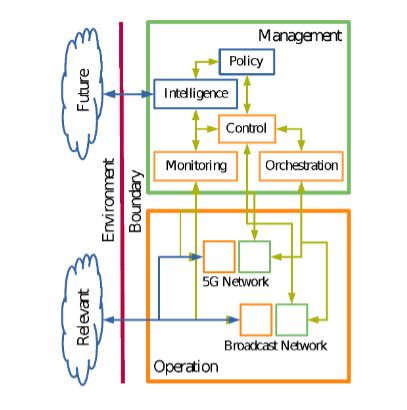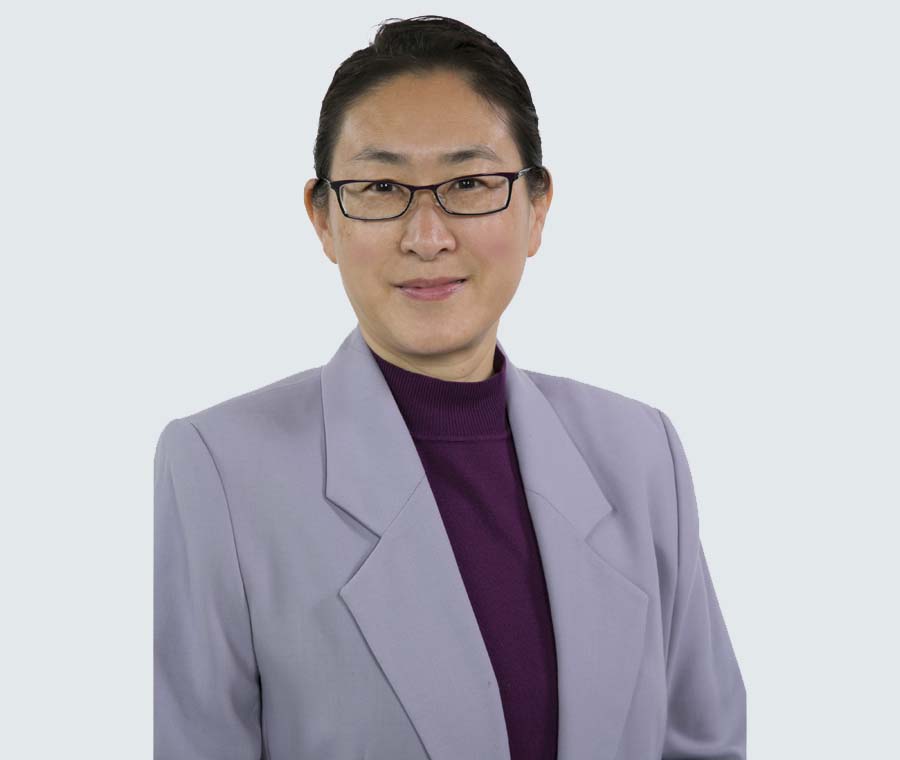5G and UHD 8K—A Developing Symbiosis
To accelerate the U.S. deployment of 5G, the FCC is pursuing what it refers to as the “5G FAST Plan” (Facilitate America’s Superiority in 5G Technology). One of the plan’s strategies is to release more spectrum into the marketplace. High-band spectrum with about 5 GHz bandwidth will be released, across 24 GHz, 28 GHz, 37 GHz, 39 GHz and 47 GHz bands.
More penetrating mid-band spectrum is a work in progress, with targeted 844 MHz bandwidth, covering 2.5 GHz, 3.5 GHz and 3.7-4.2 GHz bands. Required for 5G, these spectrum bandwidths will be utilized to provide 20 Gbps download and 10 Gbps upload capacities, per base station, through technologies such as quadrature amplitude modulation (QAM), carrier aggregation (CA) and multiple-input and multiple-output (MIMO) etc.
NEW EMERGING SERVICES
5G technology has the requisite characteristics for new emerging services: Enhanced mobile broadband (eMBB), massive machine type communications (mMTC) and ultra-reliable and low latency communications (URLLC). These services will provide a platform for “anywhere, anytime” access to real-time broadcast media, for both content contribution and content distribution (5G and Ultra High Quality Content Creation and Distribution, Broadcasting & Cable). Quality of Service (QoS) and resilience in 5G networks will fundamentally improve the end user’s Quality of Experience (QoE), which is the most important factor in determining a viewer’s engagement and loyalty, especially for high quality content, such as UHD 8K.
Defined as “a measure of the delight or annoyance of a customer's experiences with a service,” QoE focuses on the entire service experience, not just QoS offered by 5G. With more than 33 million pixels and 68 billion possible colors, per frame, UHD 8K contains a vast amount of digital bits to be programmed into patterns of art, story and knowledge.
In fact, UHD 8K creates almost a “3D” effect, approaching human eyesight for pixel density, field of view and color gamut. It offers an experience akin to “looking out through an open window,” and evokes stronger sensory experiences for QoE (Table 1). Technology change is the driving force for viewers’ habits and UHD 8K offers a window of opportunity to bring viewers back to big screens.

A DRIVING FORCE
The demand for a high-speed, low-latency transmission network provided by 5G is perfect for UHD 8K. At 120 Hz frame rate, 12 bit color depth and 4:4:4 sampling, the UHD 8K data rate is 143 Gbps. With HEVC encoding, 200 Mbps bit rate can be achieved. Future video compression standard Versatile Video Coding (VVC) is 40% more efficient than HEVC, further reducing the bit rate of UHD 8K and approaching the minimal 5G network capacity of 100 Mbps, per device.
Clearly, UHD 8K is a use case and driving force for 5G commercial investment, and is likely to be deployed as an initial 5G application. Furthermore, the architecture of the 5G network ensures QoS and QoE for UHD 8K distribution. Viewers’ engagement and loyalty will in turn improve ROI of both 5G networks and UHD 8K content creation. The mutually beneficial relationship between 5G and UHD 8K makes them a true symbiosis in the making.
Broadcasting doesn’t exist in a vacuum—it coexists with its environment and 5G and UHD 8K technologies are that future and relevant environment. To be viable, broadcasters must co-evolve and transform with them (VSON Manages Network Complexity).
To manage the complexity of this transformation, a viable system approach should be taken. In the viable system (VSON) approach, the 5G network and broadcast network are two services in the operation of VSON. We may call this particular application of VSON a “converged media system” (CMS) (Fig. 1).

CMS provides an end-to-end solution for UHD 8K video consumers, from content creation to distribution. We immediately recognize the important roles of policy, control, orchestration, monitoring, and intelligence in the process of the transformation. In other words, this industrial transformation is not a small feat: it takes a system to transform a system.
Many thanks to Tom Butts for help in editing this article.
Ling Ling Sun is assistant general manager technology/CTO for Nebraska Educational Telecommunications.
Get the TV Tech Newsletter
The professional video industry's #1 source for news, trends and product and tech information. Sign up below.

Ling Ling Sun is chief technology officer of Nebraska Public Media, a statewide network providing content through its TV and radio stations and other multimedia platforms. Using a viable system model as a tool, she leads technology transformation at Nebraska Public Media and has led her team in many successful projects and initiatives that enhance and expand Nebraska Public Media services. From 2013 to 2018, Sun served two terms as chair of PBS ETAC (Public Broadcasting Service Engineering Technology Advisory Committee) and as a member of the PBS Interconnection Committee. Currently, she is chair of the NAB Broadcast Engineering and Information Technology Conference Program Committee and a member of the Nebraska Information Technology Commission Technical Panel. She is a 2019 Broadcasting+Cable Technology Leadership Award honoree. Ling Ling was among the “Top 50 Women Leaders in Technology of 2022” announced by “Women We Admire.”
